The ’60s and ’70s represented the golden age of American automobiles—a time when car manufacturers created bold designs, emphasized performance, and weren’t afraid to add a little flash to family transportation. Madison Avenue aimed their clever marketing campaigns squarely at fathers, promising everything from executive prestige to weekend racing thrills. What they didn’t anticipate was how these vehicles would capture the imagination of an entire generation of children, who grew up memorizing engine specs, collecting die-cast models, and plastering bedroom walls with posters of these four-wheeled icons. These cars became more than just transportation; they were the backdrop for family road trips, the stars of favorite TV shows, and the objects of adolescent daydreams. Let’s take a nostalgic cruise down memory lane to revisit 14 classics that dad might have bought, but the kids ultimately claimed in their hearts.
1. The 1968-1970 Dodge Charger
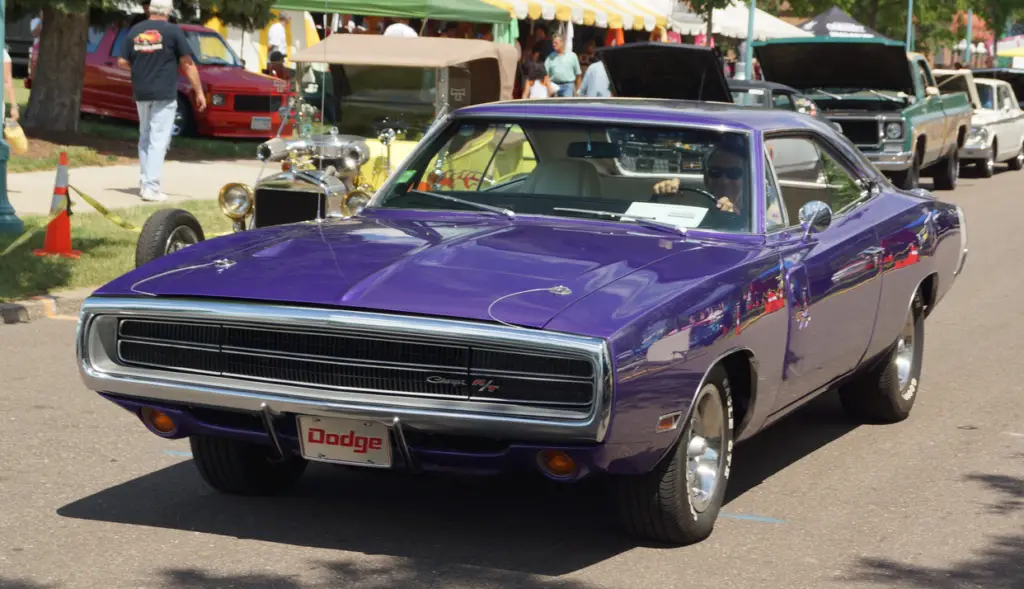
Chrysler’s marketing team positioned the Dodge Charger as the perfect blend of muscle car performance and executive styling—a vehicle that could impress at the office parking lot and the dragstrip. The fastback design with hidden headlights, aggressive stance, and the optional 426 Hemi engine created what executives hoped would be an irresistible package for middle-management dads with a need for speed. Television commercials showed successful businessmen choosing the Charger as their reward for climbing the corporate ladder, emphasizing the car’s ability to make a statement about a man’s accomplishments. MotorTrend revs up the engines on the full history of this groundbreaking vehicle.
Everything changed when the Charger became the star of “The Dukes of Hazzard,” transforming the General Lee into arguably the most recognizable car in television history. Kids who had never cared about Mopar performance suddenly became experts on Dodge’s engineering, with playground discussions centered around the orange Charger’s impossible jumps and durable chassis. The Charger’s die-cast models sold by the millions, and countless children spent Saturday mornings watching Bo and Luke Duke slide across that famous hood—cementing the car’s legacy not as an executive status symbol but as the ultimate symbol of rebellion and freedom that kids couldn’t wait to grow up and drive themselves.
2. The 1964-1973 Ford Mustang
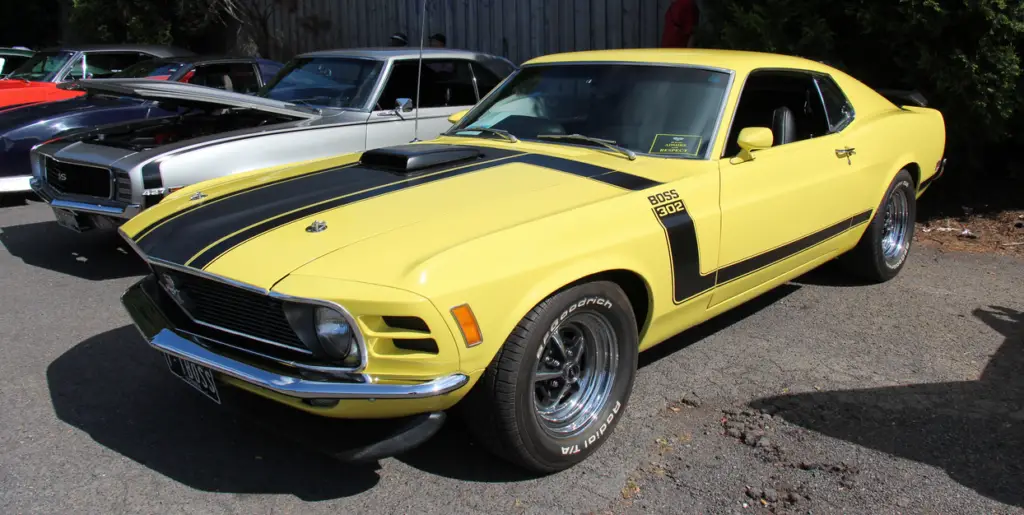
Ford’s marketing department initially targeted the Mustang at young professionals and family men who wanted an affordable sports car that wouldn’t break the bank or seem irresponsible. Early advertisements showed fathers proudly displaying their new purchase in suburban driveways, emphasizing how the car could accommodate golf clubs in the trunk while still delivering excitement on weekend drives. The brilliant strategy of offering extensive customization options meant that a practical dad could choose the economical six-cylinder model while still getting the sporty looks that made the Mustang an instant icon. WhichCar provides a thorough timeline of the Mustang over the decades.
Children, however, were captivated by the Mustang’s starring roles in films like “Bullitt” and “Gone in 60 Seconds,” turning what dad saw as practical transportation into the ultimate cool factor. Scale models of Mustangs became staples in toy collections, with kids spending hours making engine noises while racing their miniature pony cars across living room floors. The Mustang’s distinctive front end and galloping horse emblem became so recognizable that children could identify them from blocks away, often shouting excitedly from the back seats of family station wagons whenever one drove by—much to the amusement (or annoyance) of parents who didn’t share their enthusiasm for automotive spotting.
3. The 1968-1972 Oldsmobile 442
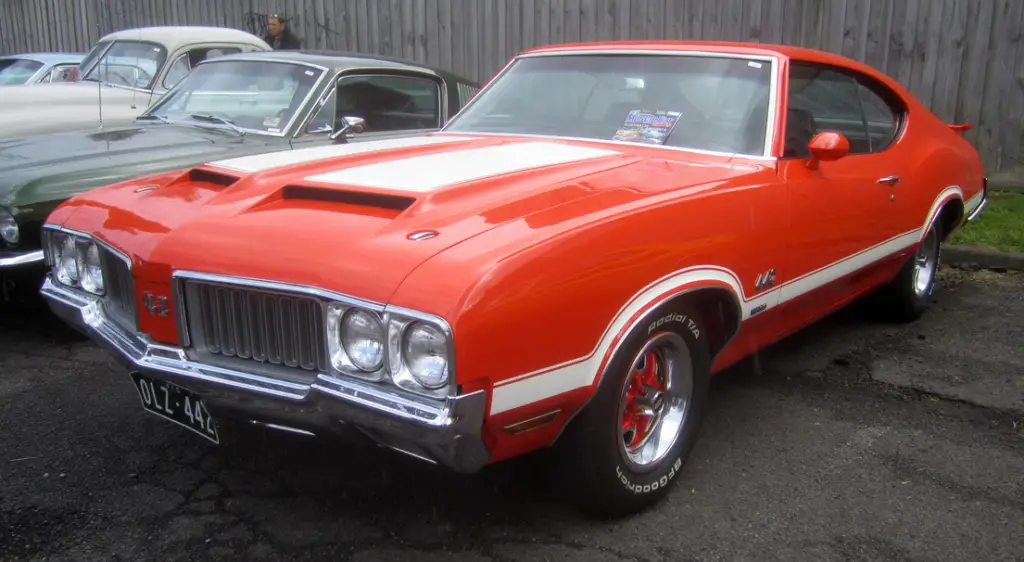
General Motors marketed the Oldsmobile 442 (which stood for four-barrel carburetor, four-speed manual, and dual exhaust) as the thinking man’s muscle car—powerful but with a level of sophistication that appealed to established professionals who couldn’t quite see themselves in a GTO. Magazine advertisements showed successful fathers who had “graduated” from juvenile muscle cars to the more refined 442, which offered comparable performance wrapped in a more mature package. The pitch worked well, with many middle-aged men convincing themselves (and their wives) that the 442 was a sensible alternative to the midlife crisis Corvette they really wanted. Volo Auto credits this car with being one of the most definitive muscle cars of the ’60s and ’70s.
Kids, however, were drawn to the 442’s imposing presence and the knowledge that beneath its relatively restrained exterior lurked one of the most powerful engines in the GM lineup. The distinctive bulging hood and quad tailpipes signaled something special that even children could recognize, leading to the 442 becoming a favorite Hot Wheels and model kit subject. Young boys in particular developed a fascination with the car’s performance credentials, memorizing horsepower figures and quarter-mile times from car magazines that they smuggled into social studies classes—creating a generation of 442 enthusiasts long before they had driver’s licenses.
4. The 1963-1967 Corvette Sting Ray

Chevrolet positioned the C2 Corvette Sting Ray as the ultimate reward for men who had achieved career success, with advertisements often showing gray-haired executives finally indulging in the sports car of their dreams. The split-window coupe, in particular, was marketed as automotive sculpture—a rolling art piece that demonstrated its owner had both financial means and refined taste. Dealerships targeted established professionals, suggesting the Corvette as the perfect vehicle for empty-nesters who had finally finished paying college tuitions and could justify a personal indulgence.
Children, however, were mesmerized by the Sting Ray’s futuristic design, with its hidden headlamps, dramatic side vents, and that iconic split rear window creating what looked like a spaceship for the road. The Corvette’s frequent appearances in television shows and movies further cemented its status as the dream car for an entire generation who collected Matchbox versions and built model kits, often in colors far wilder than those their conservative fathers would have chosen. Even decades later, many baby boomers can trace their lifelong Corvette obsessions back to childhood sightings of these dramatic sports cars, which seemed to represent everything exciting and possible about the future of transportation.
5. The 1969-1970 Mercury Cougar Eliminator
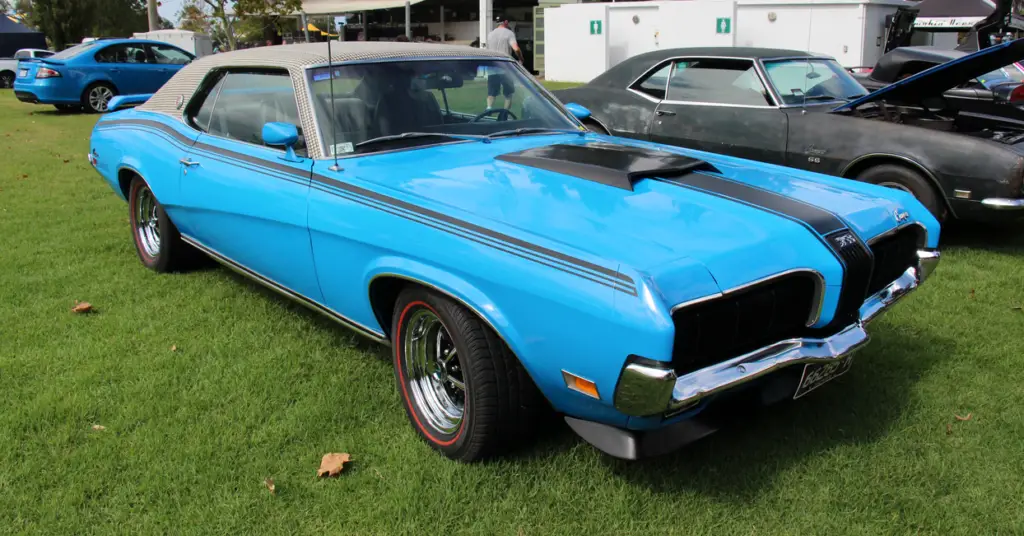
Ford’s Mercury Division marketed the Cougar Eliminator as the perfect solution for the successful family man who wanted Mustang performance with added luxury and distinction. Advertisements portrayed it as the thinking man’s muscle car, with copy suggesting that the Eliminator appealed to those who had “graduated” from their youthful Mustang phase to something more refined but equally powerful. The hidden headlights, sequential turn signals, and more upscale interior were all emphasized as features that set apart the discerning adult from the average muscle car enthusiast.
Children, however, were captivated by the Eliminator’s bold color options and aggressive styling cues, particularly the standard spoiler and hood scoop that signaled serious performance intentions. The distinctive “Eliminator” graphics package and optional bright colors like Competition Orange and Grabber Blue made these Cougars stand out dramatically in otherwise conservative suburban neighborhoods. Young model car builders often chose the Eliminator kit over its more common Mustang cousin, appreciating its unique styling and relative rarity that made it seem more special—creating a generation of Cougar enthusiasts who would later seek out these distinctive cars as adults.
6. The 1971-1973 Buick Riviera
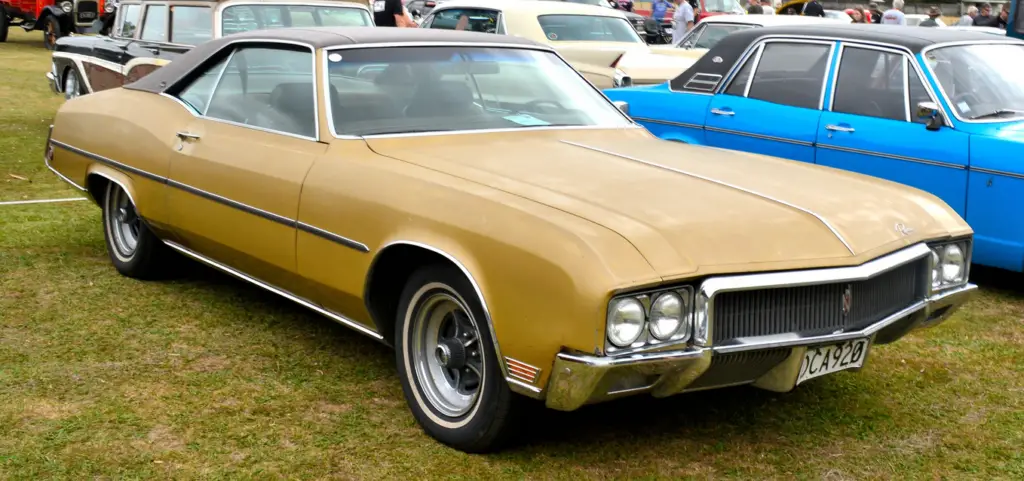
Buick marketed the boat-tail Riviera as the epitome of personal luxury for accomplished professional men, with advertisements emphasizing its distinctive styling as a reflection of its owner’s individuality and success. The dramatic styling, with its pointed rear end and sweeping lines, was presented as sophisticated design that would appeal to men of taste and discernment who wanted to stand apart from the crowd. Television commercials showed the Riviera in upscale settings, suggesting it was the perfect vehicle for arriving at country clubs or exclusive restaurants.
Kids, however, were drawn to the Riviera’s unique silhouette that made it look unlike anything else on the road—particularly the dramatic boat-tail rear window that seemed to belong on a science fiction vehicle. The distinctive front end with its slightly menacing expression and hidden headlights created an impression of mystery and power that fired children’s imaginations far beyond what Buick’s marketing team had intended. Model companies produced scaled-down versions that became coveted toys, with many children of the era later citing the boat-tail Riviera as their introduction to the concept that cars could be rolling works of art rather than mere transportation.
7. The 1970-1974 AMC Javelin
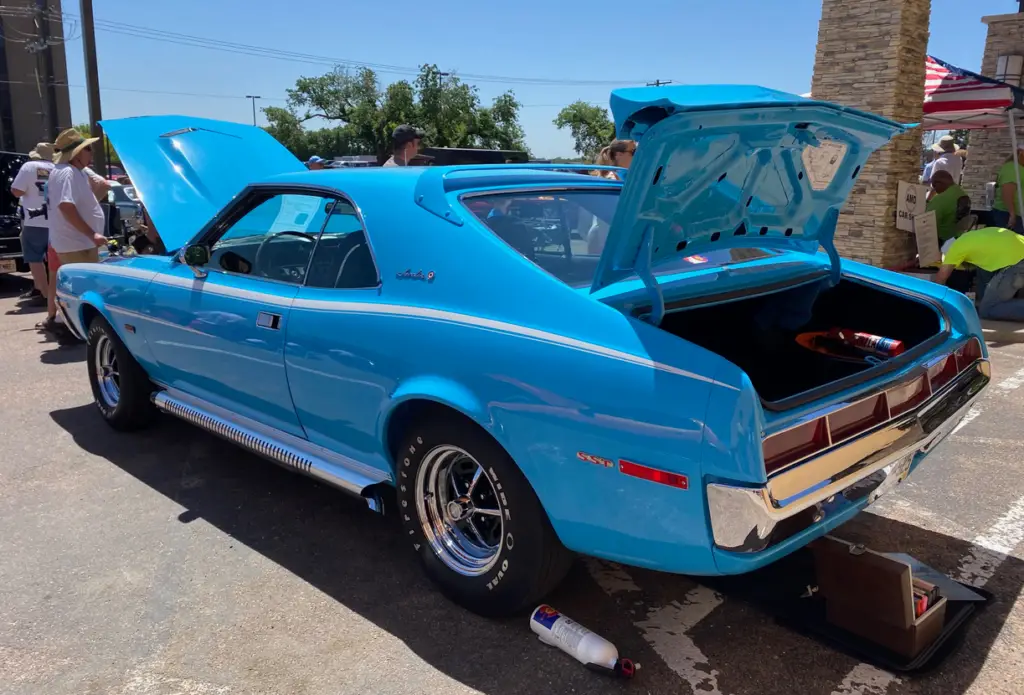
American Motors Corporation marketed the Javelin as the sensible alternative for family men who wanted a sporty car without the impracticality or insurance premiums of a traditional muscle car. Advertisements emphasized its balance of performance and practicality, often portraying fathers who had made the “smart choice” by selecting the Javelin over more extreme competitors. AMC’s status as the underdog American car manufacturer also appealed to independent-minded professionals who took pride in not following the crowd to Chevrolet or Ford dealerships.
Children, particularly those who followed the Trans Am racing series, became Javelin enthusiasts thanks to the distinctive red, white, and blue AMC racing team that competed successfully against more established manufacturers. The Javelin’s unique styling, particularly in bold “Big Bad” colors like orange, green, and blue, made them stand out in school parking lots where teachers occasionally drove them. Many kids developed a special affection for these underdogs, collecting trading cards featuring racing Javelins and defending their choice whenever playground arguments broke out about the fastest American cars—creating loyal AMC advocates before they were old enough to drive.
8. The 1977-1979 Pontiac Trans Am
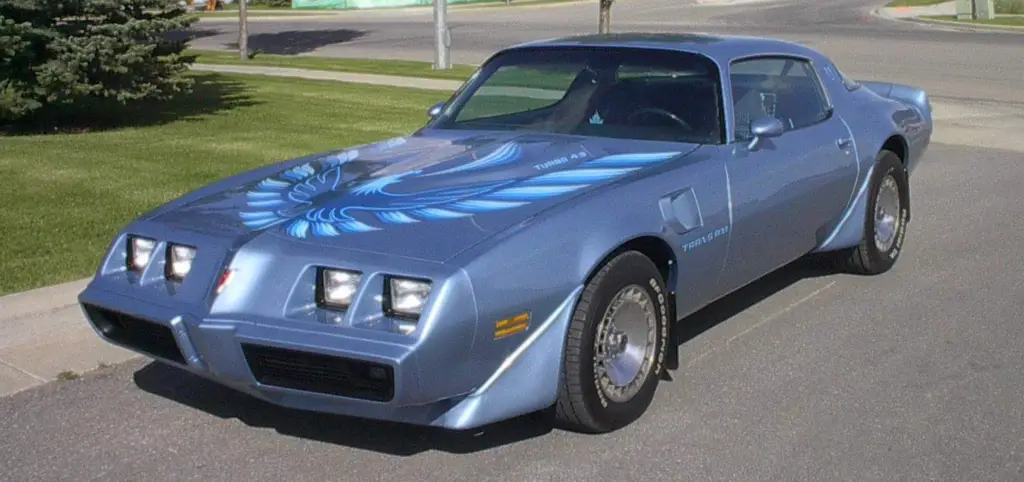
Pontiac’s marketing for the late-70s Trans Am walked a careful line between youthful excitement and adult responsibility, showing successful men who hadn’t forgotten how to have fun. The famous black and gold Special Edition was positioned as a reward for career achievement—a statement that a man could be professionally responsible while still maintaining his edge. Advertisements emphasized the car’s handling capabilities alongside its distinctive styling, suggesting it as the thinking man’s alternative to crude muscle cars or overpriced foreign sports cars.
Everything changed when “Smokey and the Bandit” hit theaters in 1977, instantly transforming the Trans Am from an aspirational purchase for middle-aged men into the ultimate symbol of rebellion and freedom for an entire generation of kids. Trans Am sales skyrocketed as the iconic black and gold color scheme became arguably the most recognizable car styling of the decade, with children across America making the “screaming chicken” hood decal part of their artistic vocabulary. Countless bedrooms were decorated with posters of Burt Reynolds leaning against the now-famous car, and playground games regularly featured arguments about who got to be the Bandit—creating a cultural phenomenon that completely overshadowed Pontiac’s original marketing strategy.
9. The 1969-1973 Plymouth Road Runner
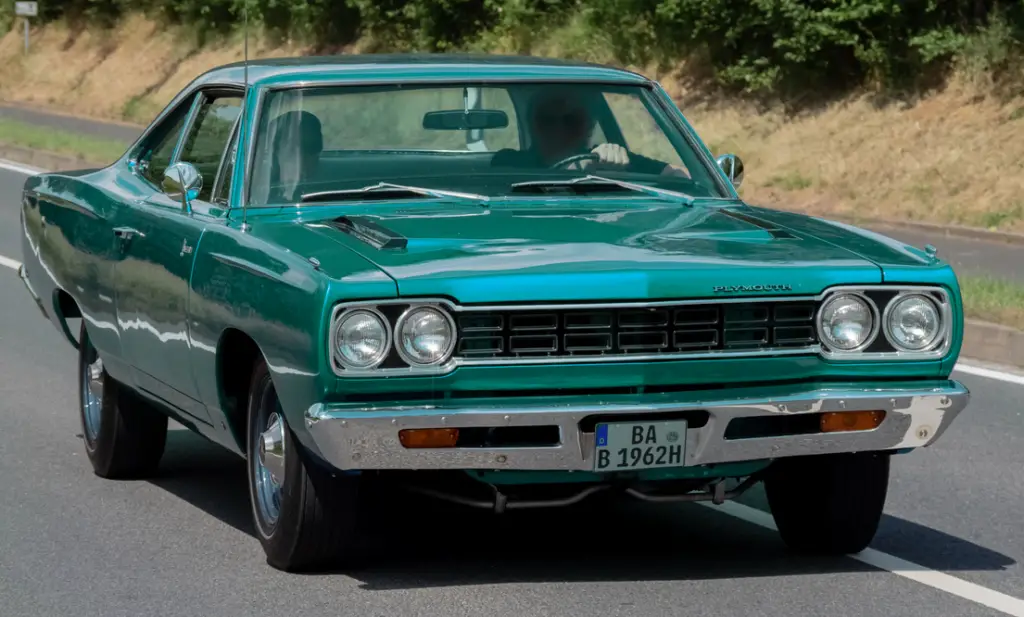
Plymouth created the Road Runner as an affordable performance car for young family men who wanted muscle car thrills without the premium price tag of more upscale models. Marketing emphasized its back-to-basics approach with advertisements highlighting its reasonable price point and practical features alongside impressive performance statistics. The Road Runner was positioned as the responsible choice for fathers who needed family transportation during the week but wanted quarter-mile thrills on weekends—practical enough to justify to their wives but powerful enough to satisfy their speed cravings.
For children, however, the connection to the famous Warner Bros. cartoon character was marketing genius that created instant playground credibility. The distinctive “meep-meep” horn that perfectly mimicked the cartoon Road Runner was perhaps the greatest automotive Easter egg of all time, giving kids a reason to beg their fathers to press the horn button whenever they were passengers. The Road Runner’s cartoon mascot appeared on everything from the air cleaner to decals, creating an instant connection with children that no other muscle car could match. Model kits and toy versions became bestsellers, with many kids choosing the Plymouth specifically because of its cartoon connection rather than any understanding of its Hemi engine option or performance capabilities.
10. The 1967-1969 Chevrolet Camaro SS/RS

Chevrolet marketed the Camaro SS/RS as the perfect balance between sports car excitement and practical transportation, targeting men who needed to justify their purchase as sensible family transportation. The “SS” performance package combined with the “RS” appearance upgrades created a vehicle that advertisements portrayed as sophisticated enough for business settings but capable of delivering weekend thrills. Marketing materials often showed fathers teaching teenage sons to appreciate automotive excellence, positioning the Camaro as a vehicle that could strengthen generational bonds.
Children, however, were captivated by the Camaro’s aggressive styling, particularly the RS package’s hidden headlights that seemed to give the car a mysterious, almost predatory appearance. The distinctive dual stripes on SS models became one of the most copied design elements in automotive history, appearing on everything from kids’ bicycles to lunchboxes. The Camaro’s frequent appearances in popular culture cemented its cool factor, with many children of the era able to identify the distinctive front end at impressive distances—often spotting them before their parents and announcing the sighting with excitement that mystified adults who saw just another car.
11. The 1972-1976 Lincoln Continental Mark IV

Lincoln aimed the Continental Mark IV squarely at successful executives, with marketing emphasizing its status as the ultimate expression of American luxury and achievement. Advertisements featured distinguished silver-haired men arriving at upscale destinations, with copy suggesting that the Mark IV was the reward for decades of professional accomplishment. The designer series editions, featuring special colors and interiors by famous fashion designers like Bill Blass and Cartier, particularly targeted men who wanted their vehicles to reflect sophisticated taste beyond mere transportation.
Children, however, were fascinated by the Mark IV’s dramatic proportions and distinctive styling elements, particularly the oval opera windows and the prominent Lincoln star hood ornament visible from the passenger seat. The continental tire hump on the trunk created a silhouette unlike anything else on the road, making these cars instantly recognizable even to kids with no interest in automobiles. The soft velour or leather interiors in bold colors created a sense of entering a special place when kids were allowed to ride in one, with many reporting they felt like royalty in the massive, sofa-like rear seats. Die-cast models became prized possessions, with the miniature versions often seen in elaborate Matchbox car neighborhoods as the vehicle belonging to the most important imaginary resident.
12. The 1960-1963 Chevrolet Corvair
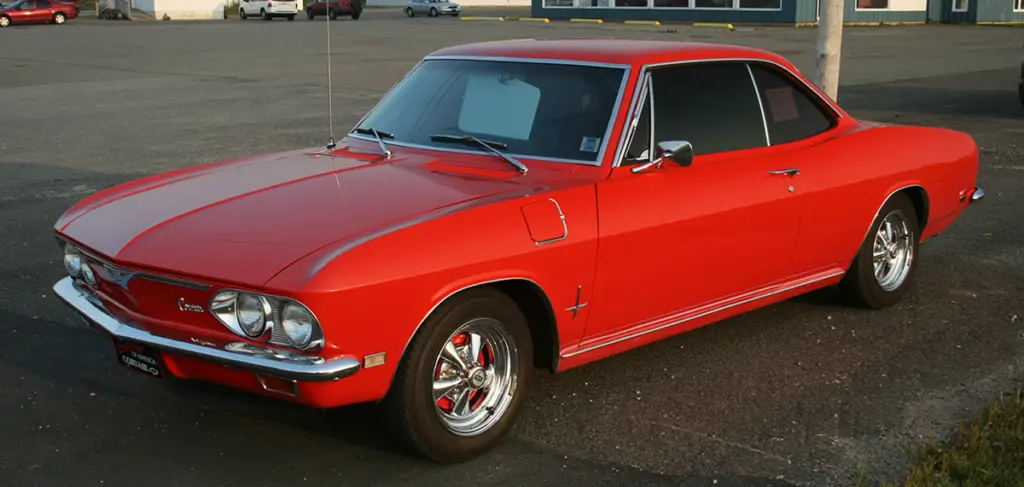
General Motors marketed the revolutionary rear-engined Corvair as the thinking man’s compact car—a vehicle that demonstrated its owner’s appreciation for European-inspired engineering and efficiency without the cost of importing an actual European car. Advertisements emphasized the Corvair’s sophisticated air-cooled engine and independent suspension as features that would appeal to engineers, professors, and other educated professionals who could appreciate technical innovation. The practical aspects were highlighted for family men, with copy pointing out the flat floor (thanks to the absence of a transmission tunnel) and excellent interior space efficiency.
Children, however, were drawn to the Corvair’s unique engine sound and the novelty of having the motor in the “wrong” place—a configuration that seemed exotic and futuristic. The gradual transformation of the Corvair from conventional compact to the sportier Monza models, with their bucket seats and four-speed transmissions, created a car that looked unlike typical “dad cars” of the era. Many kids developed a fascination with the Corvair’s unusual engineering, defending it vigorously on playgrounds after Ralph Nader’s “Unsafe at Any Speed” brought controversy to their beloved unusual car. Model kits of the Corvair Monza became favorites among young builders, particularly those who saw themselves as appreciating something special that mainstream automobile enthusiasts overlooked.
13. The 1966-1971 Dodge Charger Daytona/Plymouth Superbird
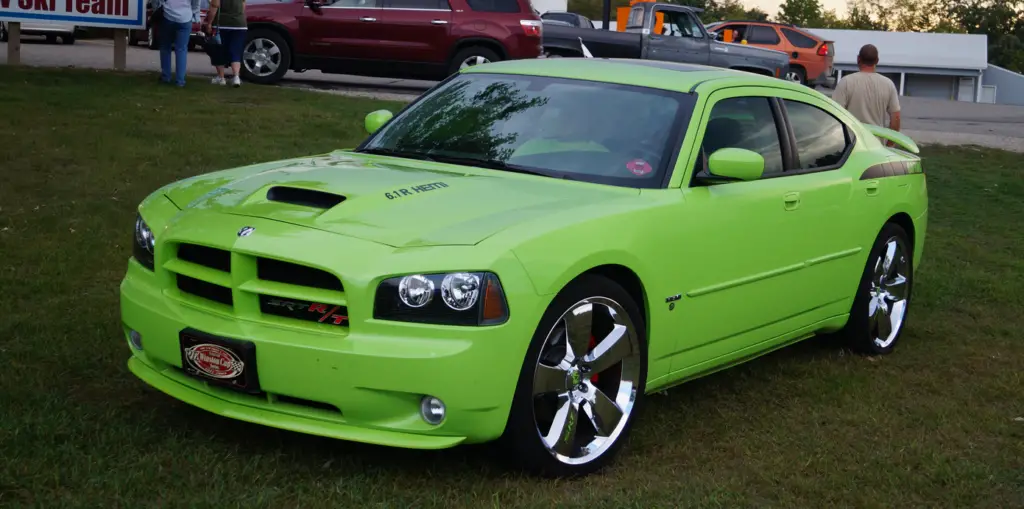
Chrysler officially marketed the limited-production Daytona and Superbird models as homologation specials for NASCAR racing, with their aerodynamic modifications explained in terms of track performance and engineering excellence. The few advertisements produced for these rare vehicles emphasized their racing pedigree and exclusivity, targeting sophisticated performance enthusiasts who appreciated the scientific approach to increasing speed. Dealerships often had to convince potential buyers that the unusual styling was worth the stares it would generate, suggesting it as a purchase for confident men who didn’t mind standing out from the crowd.
For children, however, these cars with their massive rear wings and pointed nose cones were the closest things to rocket ships that actually drove on public roads. The extreme styling made them instant legends on playground debates about the coolest cars ever made, with their unmistakable profiles becoming some of the most recognizable in automotive history. Hot Wheels and other die-cast manufacturers produced miniature versions that became some of the most coveted toys in many collections, often given positions of honor on bedroom shelves. The Superbird’s Road Runner connection, complete with specialized horn and cartoon graphics, made it particularly appealing to younger enthusiasts who might not understand the aerodynamic purpose of the wing but knew it looked like something from the future.
14. The 1971-1977 Chevrolet Vega
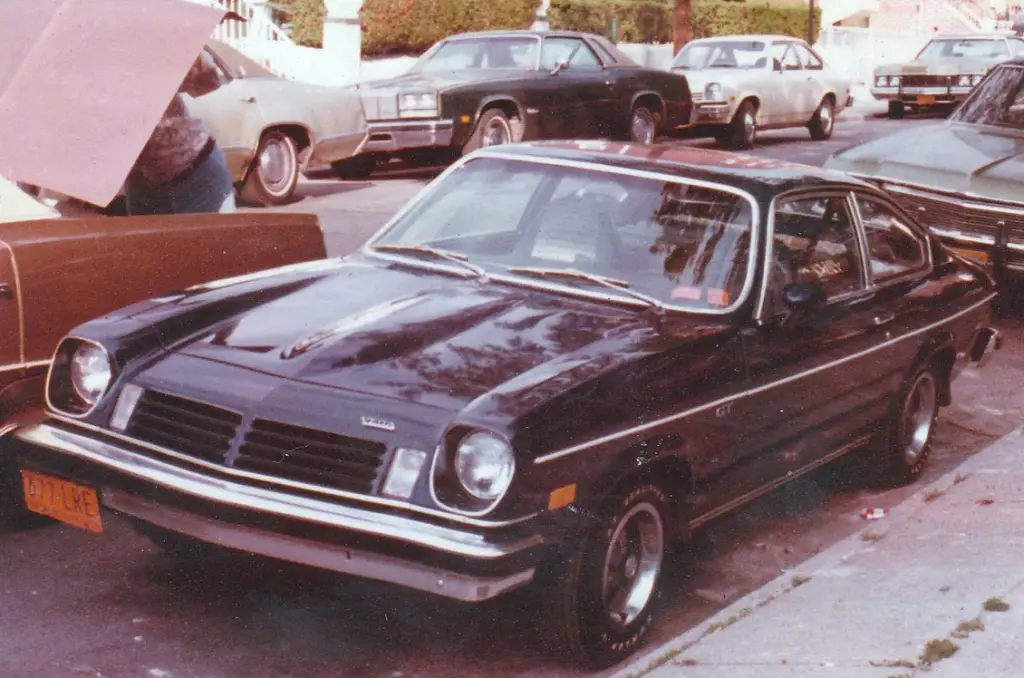
General Motors marketed the Vega as the sensible economy car for budget-conscious fathers, emphasizing its efficient design and reasonable price point during an era of increasing fuel concerns. Advertisements portrayed the Vega as the rational choice for family transportation, highlighting its modern styling that mimicked more expensive vehicles while delivering economical operation. Chevrolet heavily promoted the engineering innovations, particularly the lightweight aluminum engine, as features that would appeal to practical-minded men making responsible transportation choices for their families.
Children of the era, however, were drawn to the Vega’s surprisingly sporty styling that resembled a miniature Camaro, particularly in GT form with its optional racing stripes and upgraded wheels. The Vega wagon, with its all-glass rear hatch, seemed particularly futuristic to kids who were accustomed to traditional station wagons. Model companies produced scaled-down versions that became popular toys, with children often painting them in much wilder colors than the sensible shades their fathers would have selected. The Vega’s frequent appearance in 1970s popular culture, often as the cool teenager’s first car, created an image far removed from the practical economy car that GM’s marketing department had envisioned—a disconnect that has allowed the Vega to maintain a certain nostalgic appeal despite its well-documented reliability issues.
The fascinating disconnect between automotive marketing and childhood perception created a generation of car enthusiasts whose passions were formed long before they could reach the pedals. These vehicles that were advertised in business magazines and during golf tournaments somehow managed to capture the imagination of children who saw them not as status symbols or practical transportation but as rolling sculptures and mechanical adventures. As these children grew into adults with purchasing power of their own, many sought out the very cars they had admired from back seats and sidewalks decades earlier. Today’s collector car market is largely driven by baby boomers and Gen-Xers seeking to recapture those childhood automotive fascinations—proving that sometimes the most effective marketing happens accidentally, when a car designed for dad becomes the object of a lifetime of desire for the wide-eyed child who once pressed their face against the dealership window.


